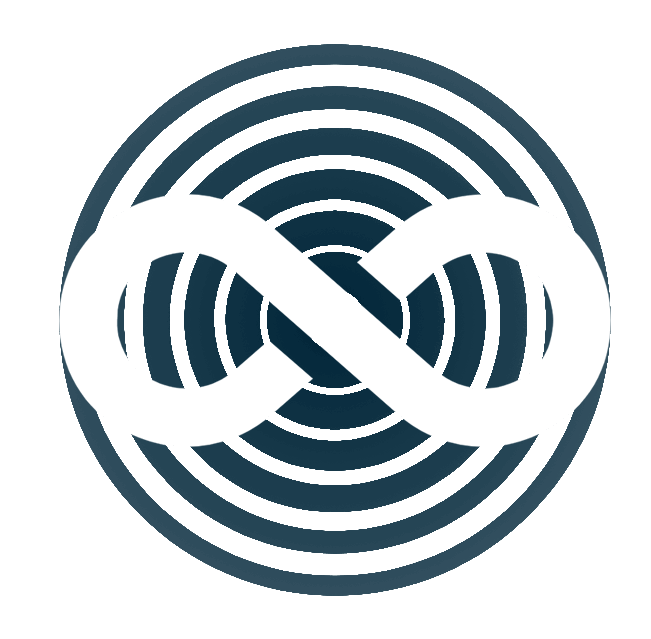Copyright has never been static; it has evolved alongside the technologies that shape how knowledge and creativity are shared. From the earliest paper registries to today’s emerging digital ledgers, each stage reflects society’s attempt to safeguard originality and recognize authorship. We analyze how the journey from centralized paper archives to decentralized blockchain systems illustrates a broader transformation in intellectual property, where scarcity, authenticity, and trust take on new meanings in the digital era

Copyright has always been more than a legal instrument; it is a reflection of how societies understand creativity, authorship, and ownership. Its evolution from early paper-based registries to today’s emerging digital ledgers reveals not only a history of technological adaptation but also a broader struggle to balance the interests of authors, publishers, and the public. To understand the present debates surrounding intellectual property in the digital era, it is essential to trace this historical trajectory and appreciate how the tools of registration and enforcement have shifted over time.
The origins of copyright can be found in the invention of the printing press in the fifteenth century, which revolutionized the reproduction of texts. The ability to create multiple identical copies of a work gave rise to the need for formalized systems of control. Early copyright frameworks, such as the Statute of Anne of 1710 in England, sought to recognize authors’ rights while also regulating the burgeoning publishing industry. Registration systems emerged as the cornerstone of enforcement. In these early days, the act of depositing a work in a centralized registry provided evidence of authorship and the date of creation, which were critical in resolving disputes. The physicality of the process—paper submissions, handwritten ledgers, and official seals—was inseparable from the legal recognition of rights.
As the centuries progressed, copyright laws became increasingly codified and harmonized across jurisdictions. National registries expanded, often housed in libraries or government offices, where physical copies of manuscripts, books, and scores were stored as the official record. These paper-based systems provided stability and legal certainty, but they also carried limitations. Registration was time-consuming, often costly, and geographically constrained. For authors seeking recognition across borders, the lack of international coordination posed significant challenges. The nineteenth and early twentieth centuries saw attempts to address this through international treaties such as the Berne Convention (1886), which established the principle of automatic protection without formal registration. Yet, even as treaties provided broader recognition, the registry as a material institution remained central to many legal systems.
The rise of digital technologies in the late twentieth century profoundly altered the terrain. The digitization of registries allowed for electronic submissions and online databases, which increased efficiency and accessibility. Authors no longer needed to physically deliver copies to government offices; instead, they could submit works electronically, and digital records replaced paper ledgers. This transition represented a major step forward in terms of speed and scalability. However, the digitalization of copyright records also introduced new vulnerabilities. Databases could be manipulated, hacked, or corrupted, and digital files themselves were easily duplicated, blurring the lines between authentic and unauthorized versions. The problem of proving originality and ownership became more complex, not less, in an age where copies are indistinguishable from the original.
At the same time, the digital revolution transformed the economics of publishing and distribution. The emergence of eBooks, online music platforms, and streaming services shifted consumption away from physical goods and toward intangible digital files. While this expanded access and reduced costs, it also exposed the weaknesses of existing copyright frameworks. Paper registries and even digital databases, designed for a slower and more centralized world, struggled to cope with the immediacy and global reach of online distribution. Disputes over authorship and infringement became harder to adjudicate in a borderless digital environment, and traditional registries could not provide real-time verification.
In this context, blockchain technology and digital ledgers represent a profound new chapter in the evolution of copyright. Unlike centralized databases, blockchains operate as decentralized, tamper-proof records maintained across a distributed network. Each transaction—whether the registration of a manuscript, the certification of an edition, or the transfer of rights—is time-stamped and immutable. This means that questions of originality, ownership, and authenticity can be resolved with greater certainty. An author who registers their work on a blockchain effectively creates a permanent, transparent record that can be verified anywhere in the world, without reliance on a single institution or jurisdiction.
The significance of this shift cannot be overstated. Where paper registries embodied the authority of national governments, and digital databases reflected centralized efficiency, blockchain-based systems embody transparency and universality. They allow for automated enforcement of agreements through smart contracts, which can distribute royalties, manage licensing, or restrict access based on predefined conditions. In this sense, blockchain is not simply a new form of registry but a dynamic tool that embeds copyright protection directly into the functioning of creative industries. It transforms copyright from a reactive legal safeguard into a proactive mechanism for ensuring fairness and authenticity in real time.
Yet, the evolution from paper registries to digital ledgers is not merely a technical shift; it also represents a cultural and philosophical transformation. In the era of paper, copyright was rooted in scarcity: the scarcity of physical copies, the centralization of authority, and the difficulty of reproducing works. In the digital age, by contrast, abundance and reproducibility dominate. The challenge has become not how to preserve works but how to distinguish originals from copies, how to ensure that creators are compensated in a world of infinite reproduction. Blockchain addresses this by reintroducing the notion of scarcity in digital form—digital scarcity that can be verified and monetized. Limited editions, collectible works, and authenticated copies gain value precisely because they are anchored in an immutable ledger.
Of course, blockchain systems are not without their critics. Concerns about energy consumption, scalability, and accessibility remain pressing. Some argue that decentralized ledgers, while technically robust, may not align easily with existing legal frameworks or international treaties. Others worry that the technical complexity of blockchain could exclude smaller creators or independent authors who lack the resources to navigate new platforms. These criticisms echo earlier debates about paper registries being bureaucratic or digital databases being vulnerable to manipulation. Each stage of copyright’s evolution has faced its own set of challenges, and blockchain is no exception.
Nevertheless, the trajectory is clear. From handwritten ledgers in government offices to decentralized digital records accessible worldwide, the evolution of copyright demonstrates how deeply intertwined intellectual property is with the technologies of its time. Each new stage has attempted to resolve the tensions between creativity, ownership, and distribution, adapting legal and institutional frameworks to meet the needs of changing societies. The current shift toward digital ledgers is part of this historical continuum, responding to the unprecedented demands of a global, digital economy.
Ultimately, the history of copyright from paper registries to digital ledgers reveals both continuity and rupture. The continuity lies in the enduring aim of protecting authors and ensuring fair recognition of their works. The rupture lies in the tools and philosophies that underpin that protection, moving from centralized authority to decentralized consensus, from physical scarcity to digital authenticity. In this transformation, copyright is not merely adapting to new technologies; it is being reimagined as an active infrastructure for creativity in the twenty-first century. As the publishing industry and broader creative sectors embrace blockchain, the promise is that copyright will finally transcend its historical limitations, achieving the universality and immediacy that paper and digital registries could only approximate.

